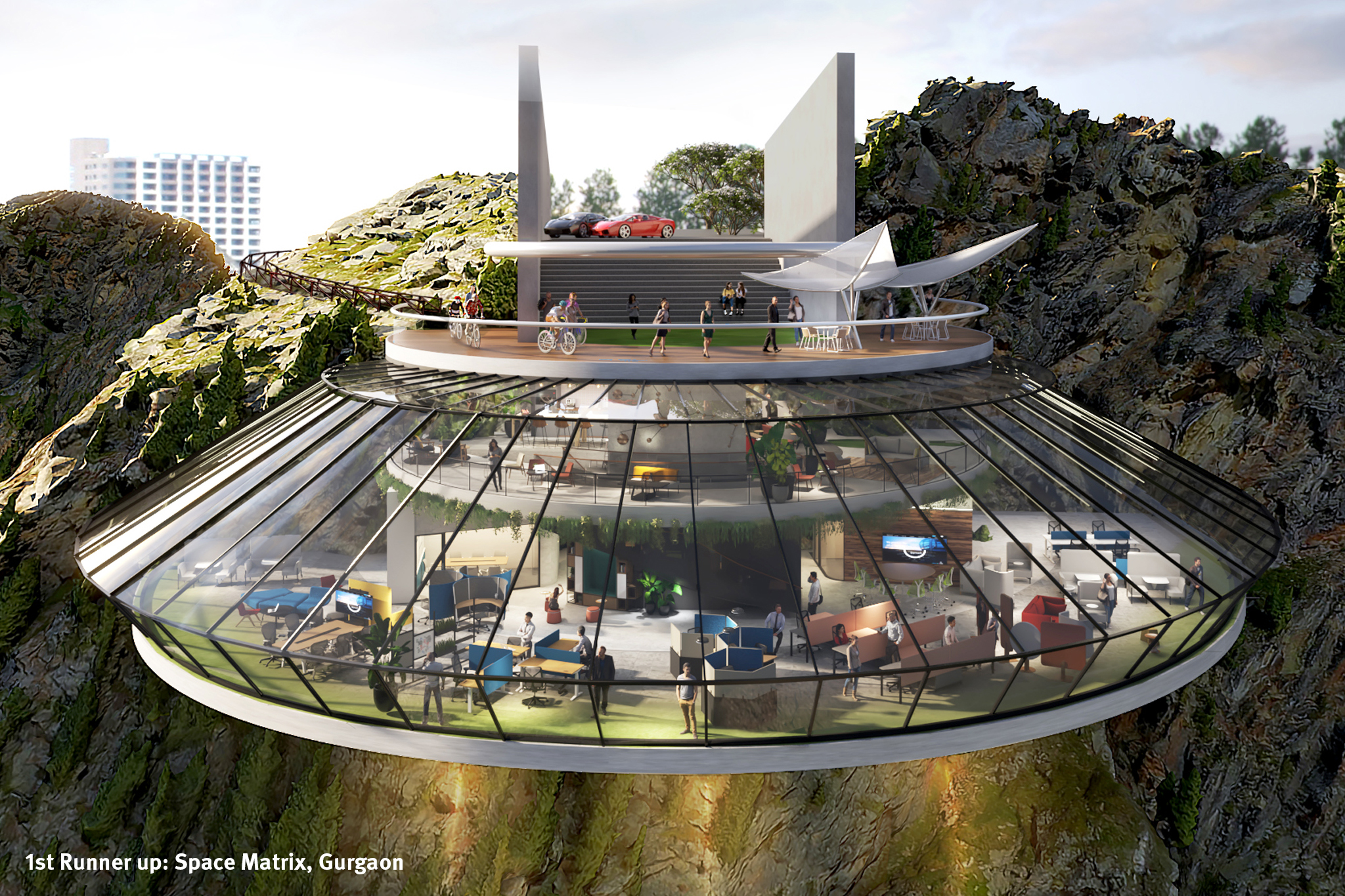At Herman Miller, we’re constantly exploring the future of work and how we can cater for it. Our latest investigation into the changing face of the office is Work, Redefined—The Design Challenge 2021, and it establishes an open dialogue with designers and industry stakeholders on the workplace and where it’s headed.
For the India-based challenge, we asked a selection of designers leading the way in workplace design to present their visions for the future of work to a panel of judges. Their starting point was an empty (digital) space, with certain parameters established by Herman Miller. Designers were asked to use a curated selection of Herman Miller products to power their space. With the top three designs, the common thread was a focus on people first. In their inspiring spaces, there is a blend of physical and virtual interaction points, and catering to solo and collaborative work.
The Jury
Based in Hong Kong, Kun-Pyo Lee is Dean of School of Design at the Hong Kong Polytechnic University. He is also known for having several decades of expertise in user-centric design.
Michael Foley, meanwhile, is known as one of India’ leading product designers. Having worked at Titan for many years, he now runs Foley Designs, a recognized multidisciplinary design studio.
Praveen Nahar is the Director of National Institute of Design (NID) Ahmedabad. Nahar has spent the last 23 years teaching, consulting, and researching design.
The winning design
The winner of Work, Redefined—The Design Challenge 2021 is M Moser Associates. The international design studio is known for its focus on the “physical, social and digital architecture of the workplace,” and its Behavior- Based Design outlook. The judges awarded M Moser first place because they articulated where culture and space is headed post-pandemic, and they came up with viable solutions in response. They applied technology and ergonomics in realistic yet future- proof ways, considering health and the journey both to and through the office.
For their entry, the team looked at the workplace from urban, office and home viewpoints. From an urban perspective, they suggested a series of satellite offices all over Hyderabad, arguing that flexible locations promote sustainability and wellbeing by reducing travel times. Plus, they enable companies to diversify their workforces.
At the office level, they created a space built around adaptability and modularity, and divided it into a series of halls. Here, there’s a clear journey from the Arrival Hall to the various spaces, with the Community Hall at the heart of it all, accessible from all sides. To support flexible work schedules and hybrid work strategies, they proposed touchless screens, mobile apps and tech-driven areas that “facilitate efficient collaboration between in-person and virtual teams.” They also set the scene at the home level, creating a set-up that felt cohesive and connected with the office branding. This comprised a monitor arm, computer stand, task lighting and ergonomic chair, all from Herman Miller.
The runners-up
The first runner-up was Space Matrix, chosen for the unique architecture of the office they created, their innovative idea for self-sustaining work environments. An APAC and New York-based design practice that has been designing workplaces for 20 years, Space Matrix created a futuristic, tilted-glass walled disc perched on a cliff just outside a major city. They divided this workspace into zones: Concentrate (develop, digest, explore); Contemplate (observe, recharge, revive); Communicate (learn, observe, practice); Collaborate (combine, receive, team).
Zyeta, meanwhile, is second runner- up. With five offices across India, Zyeta works across workplace strategy and consulting on WELL certification to designing and building workplace interiors. For the challenge, they created a fictional tech company, Accion, populated by a Gen Z and Millennial workforce. They went deep into the data of sharing ratios and who uses which space when, as well detailing the spread of who would work at home versus when they would be in the office. Their research efforts were a key reason why they were one of the winning design teams.
This informed their space, which revolves around a series of modular elements that repeat in order to support different activities. There’s the Collaboration module and the Immersion module—designed to support solo work. There’s also the Interaction module, designed “to encourage those impromptu encounters the office is so lovingly known for,” and the Socialization module, which seamlessly shifts from focus to social space as the workday progresses.
Each of these design studios considered the realities of a future where work continues to operate in a hybrid fashion. Each presented solutions that support those working in the office, as well as those working remotely. As we prepare for a hybrid reality, these designers make one thing very clear: people matter most of all.
For more information, click here.
The post Welcome to the Future of Work appeared first on Architectural Digest India.








